The building envelope — walls, floor and roof — separates the living environment from the outdoor environment. It protects the residents from the elements and aims to make them independent of environmental influences. Wall and roof elements are subjected to particularly high stresses due to the difference in the inside and outside environments.
Uninsulated construction
There are approximately one million uninsulated homes in New Zealand, providing little protection against the outdoor environment and the elements. Because of the lack of thermal insulation and airtight sealing layer, air is able to both penetrate and escape from the structure at a relatively high flow rate. Due to the high flow rate, there is low tendency for condensation to form and a lower risk of mould growing within the construction.
However, uninsulated constructions are difficult to heat, resulting in low indoor temperatures in the winter, which are almost in the same range as the outdoor temperatures. This is accompanied by high levels of relative humidity. Mould generally forms on the (cold) inner surfaces in this type of building, as is commonly visible in bathroom and bedrooms and behind curtains, bookshelves and bedside tables where there is also restricted airflow.
This results in an unhealthy living environment. The answer is not just to heat — that would be prohibitively expensive. In the winter it is too cold indoors, and in the summer it is too warm.

Insulated construction
Insulated constructions are fundamentally different. Thermal insulation that works increases the surface temperature of building components on the inside. This results in a comfortable environment and helps to cut heating costs in the winter. The relative humidity indoors is lower in the winter and the living environment is healthier.

However, thermal insulation only works if the construction is protected from air flowing through it either from inside or from outside. Constructions that are not airtight can still result in mould on the inner surfaces of construction components, and also in mould within the building envelope, due to the low flow rate of the air. This results in a poor living environment, which — though warmer — is more prone to invisible mould within the construction. If you have been to one of our seminars this year you would have seen recent skillion roof photos of interstitial condensation and mould formation in homes and schools from Central Otago and Auckland.
The transport of moisture within the construction follows the law of equilibrium: both insulated buildings and uninsulated buildings attempt to adapt to the ambient environment on each side — the temperature and moisture level are reaching the mean level between inside and outside. Over the course of the day and through the seasons the roof and walls are constantly adapting to the changing conditions and influences.
Understanding warmth and moisture transport is key to building durability and occupant health.
In this Building Envelope series, we'll also look at ways moisture is moving in and out of a construction, and consider the effects of vapour blockers, barriers, retarders and INTELLO Smart Vapour Retarder.













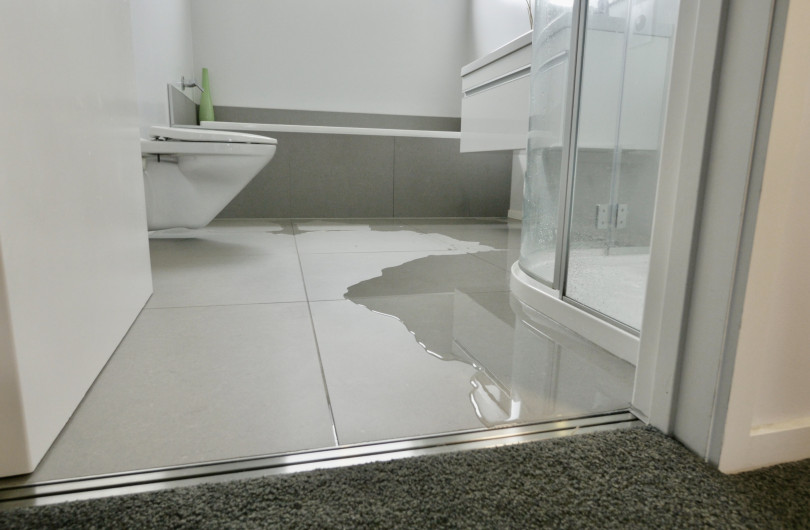
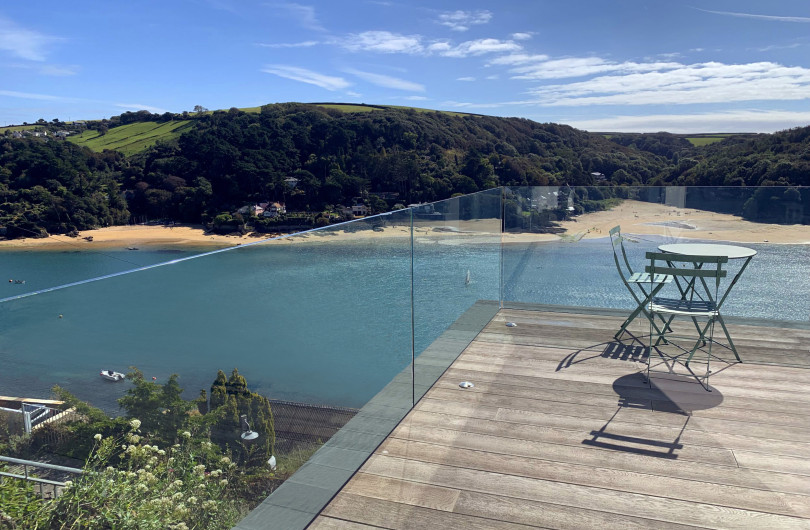
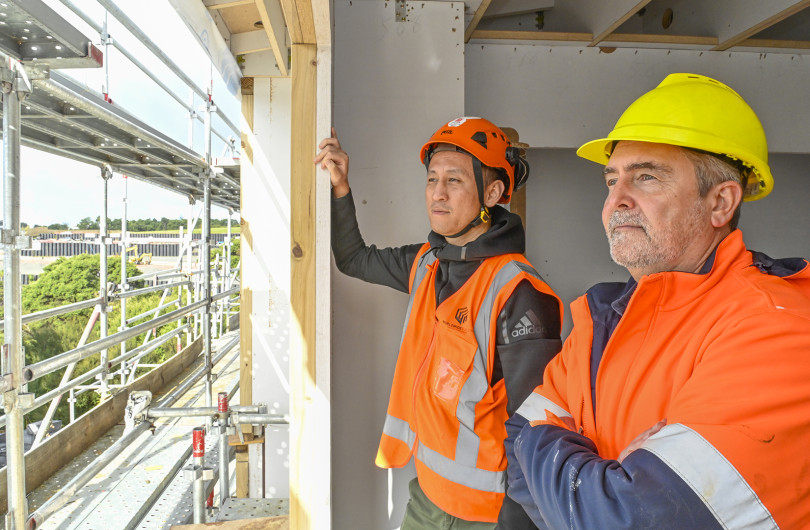
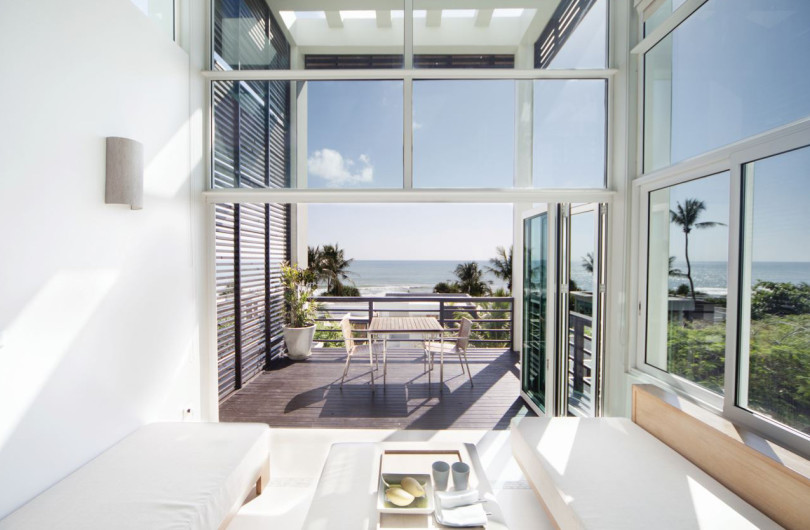


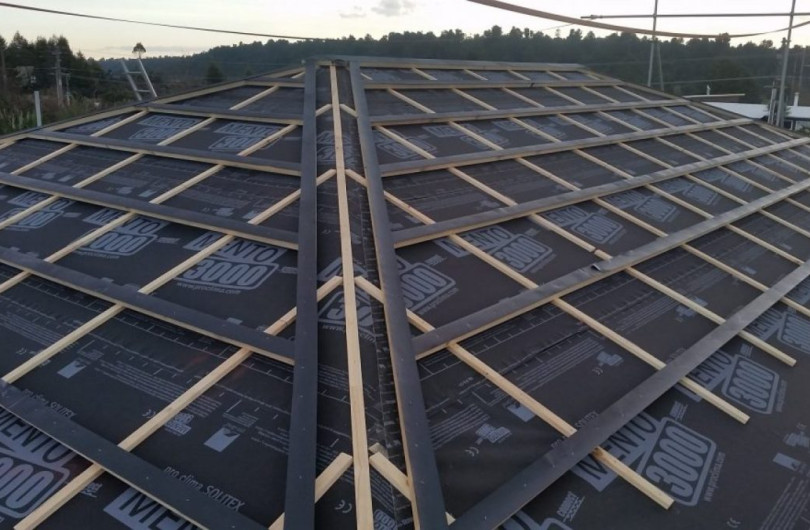







 Most Popular
Most Popular Popular Products
Popular Products


